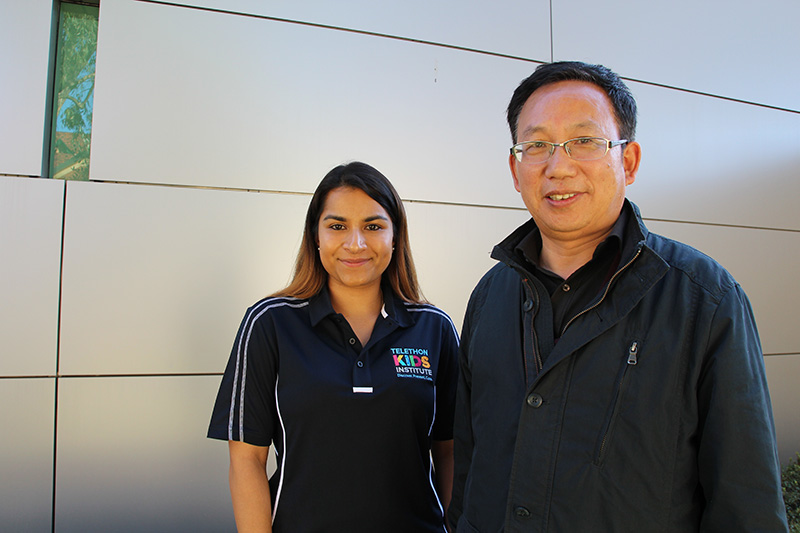Search
Research
Improving immunity to Haemophilus influenzae in children with chronic suppurative lung diseaseEndobronchial infections related to non-typeable Haemophilus influenzae (NTHi) are common in children and adults with suppurative airway disease...
Research
Developments in the field of allergy in 2014 through the eyes of Clinical and Experimental AllergyThe pathogenesis of asthma continues to be a major topic of interest to our authors with reviews and original papers on the role of viruses, mechanisms of...
Research
Species-Specific and Cross-Reactive IgG1 Antibody Binding to Viral Capsid Protein 1 (VP1) Antigens of Human Rhinovirus Species A, B and CHuman rhinoviruses (HRV) are associated with upper and lower respiratory illnesses, including severe infections causing hospitalization in both children...
Research
Recombinant house dust mite allergensHouse dust mites (HDM) are a globally important source of allergen responsible for the sensitization of more than 50% of allergic patients.

News & Events
Chinese immigrants in Australia at higher risk of allergies, research showsChinese immigrants who live in a Western environment like Australia have an increased risk of allergies, hay fever and asthma, new research led by Curtin University and The Kids Research Institute Australia has found.
Research
Prominent IgE-binding and cytokine-inducing capacities of a newly cloned N-terminal region of Der f 14, an apolipophorin-like house dust mite allergenThe aims of this study were to clone the cDNA of Der f 14 corresponding to M-177 and to elucidate the allergenic capacities of the Der f 14-N.
Research
Randomized controlled trial of early regular egg intake to prevent egg allergyWe aimed to determine whether regular consumption of egg protein from 4-6 month old reduced the risk of IgE-mediated egg allergy in infants without eczema.
Research
International consensus (ICON) on: Clinical consequences of mite hypersensitivity, a global problemThe objectives of this document are to highlight aspects of mite biology that are clinically relevant and to update the current knowledge on mite allergens
Research
Clinical significance of circulating microRNAs as markers in detecting and predicting congenital heart defects in childrenIn this study, we aimed to investigate the usefulness of miRNAs as biomarkers in diagnosing and predicting children with congenital heart defects (CHD), particularly in the context of multiple subtypes of CHD.
Research
Broad perspectives of allergen specific immunotherapyAllergen specific immunotherapy aims to subvert or divert immune responses to allergens to ones that do not cause immunological hypersensitivities.
